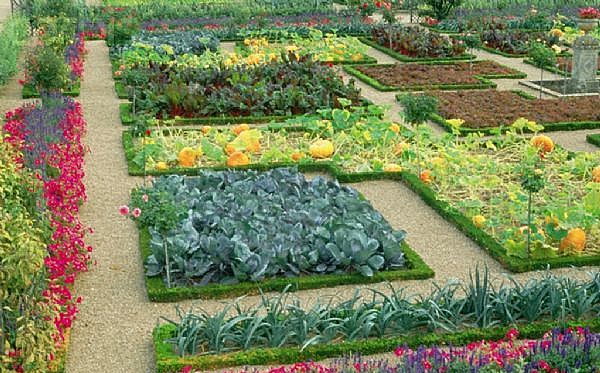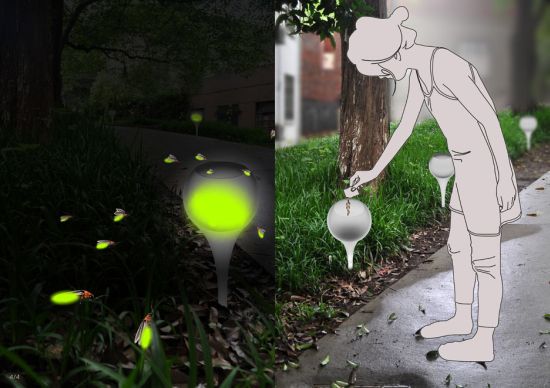
Eating fruits and vegetables, along with exercising, will help you lead an active and healthy life. In today’s world, all of us are busy with our jobs and careers, so that, we can lead a good life. To make money, we relentlessly spend a lot of hours at work. After some years we realize that though there is progress on the monetary front, health deteriorates. If you are tired of this routine and want to do something, which will not only help you in earning good money but also sustain your good health, then growing a vegetable garden is a very ideal option. Starting a vegetable garden will help you earn good money, along with, ensuring good health and fitness in the long run.
The sheer thought of starting a vegetable garden is exhilarating! Imagine sitting in your drawing room, having dinner made out of vegetables with the least amount of ‘food miles’. ‘Food Miles’ has become a matter of concern these days, as, time taken by a food item to travel from the point of origin to our table involves transportation cost as well as carbon emissions, which settle on these vegetables, while being transported. So, the vegetables which will reach your dining table from your garden will have zero ‘food miles’. This will ensure that good amount of money is saved and healthy properties of the food items are retained.
Easy Vegetables That Can be Grown by First Timers
Remember that all of us have killed many plants. The count is high and it is difficult to ascertain the number. So, for somebody who is a neophyte in the field of vegetable garden, the mere idea of growing vegetables with advanced skills and technical know how, can send shivers down the spine. Mentioned below, are some the vegetables, which can be grown and maintained with simple care.
· Beans
· Beet Root
· Capsicum
· Cucumbers
· Potatoes
· Radishes
Here are some of things one needs to remember, even though he or she is a novice in the field of growing vegetables.
· If the vegetable grows from a seed, then you need to soak the seeds overnight. Make sure that you also go through the instructions mentioned in the catalog.
· Use fertilizers extensively. This will ensure that the vegetables are healthy and there is a good produce.
· Weed control is a critical activity, which one needs to undertake in the first few weeks after planting the vegetables.
Time Required
Growing one of the ‘mystery crops’ like potato can take anywhere between 2 – 4 months. This vegetable grows underground. In this case you never know, how you are faring till you actually harvest the crop. Potatoes are ready to be harvested once the tops of these plants die off. You can keep them in ground a little longer, provided soil is not wet. You need to get the potato seeds, 6 weeks before the potatoes are to be planted.
If you plan to grow something like radish, the time taken to harvest them is not more than 60 days. It can take anywhere between 25 to 60 days for the radish to grow and then, be harvested.
Resources Required
Wherever you plan to grow potatoes, make sure that it is a sunny place with a little shade. It should be free from frost pockets.
Soil: Potatoes can grow well on all types of soil. Two weeks before planting potatoes, rake in a general fertilizer. Do not add lime as potatoes require slightly acidic type of soil with ph lower than 6.
Seeds: In order to grow good potatoes , you can order high quality seeds from reliable and popular garden companies, or else, buy them from the local garden centers. It is not advisable to pick up these from the super markets, as, the potatoes are treated chemically.
Estimate Cost
The average yield of potato per acre is somewhere between 150 to 700 bushels. The cost of producing a 150 bushel crop is estimated to be around $44 including, the expenses of plowing, harrowing, floating, seeds, planting, digging, picking, sacks and hauling to pit.
Instructions
Following are the steps you need to undertake for growing potatoes:
· Before growing potatoes make sure you ‘chit’ them. It is a simple process by which you allow the shoots to grow from the rose end, where most of the ‘eyes’ are located.
· Plant the potato seed carefully, keeping the rose end uppermost
· After planting potatoes along with the drill, cover each one with a handful of peat. This is done to protect the shoots. The covering should be done with at least 8cm of soil.
· When the plant stems are about 20 – 25 cm high, start removing the weeds from rows and break up the soil with a fork.
·Take a draw hoe, make a ridge using the same and pull the soil towards the plant
· Water liberally during the dry weather
· The early varieties of potatoes will be ready within 12 to 14 weeks. This happens when the flower begins to bloom and one can dig up and check, if the potatoes are large enough to be cooked.
Frequently Asked Questions
· When to harvest potatoes?
Plant and weather are very good indicators for us. If the vines have died away, then it is an ideal time to start harvesting. If you are expecting the first hard frost, then it is an ideal time for harvesting, as, potatoes can only tolerate a little frost.
· What is “Chitting?”
“Chitting” is a simple tip on how to grow potatoes. It is a process by which we allow shoots to grow from the rose end where the ‘eyes’are positioned. This is used to get an early crop harvest.
· What are the first signs of potato blight?
It is a serious potato disease. When a planted potato gets infected by this disease, the vegetable foliage is completely destroyed. It generally happens in the month of August. The first signs of a potato getting infected are visible with dark brown patches on the leaves. The affected tuber rots and the haulm dies.
· Can I use grocery store potatoes for harvesting?
No, these potatoes are treated with sprout retardant. Hence, they will not grow.
Quick Tips
1. Always buy and use the certified virus free potato seeds and these must be purchased from reputed and trusted suppliers.
2. Please, pick up a fungicide only after taking an expert’s advice.
3. Make sure that there is adequate supply of water, once the tubers have reached the size of marbles
4. Handle the chatted potatoes very carefully and gently. Make sure that the shoots point upwards.
Things to Watch
· Wire worms: They are yellow colored, tough skinned grubs, which bore into the tubers, leaving them riddled with narrow tunnels.
· When you see that a tuber is infected, make sure that you burn, or remove these from your plot,so that the next year’s produce is not infected.
· Never grow potatoes on the same ground for two consecutive years.
· There are some important things one needs to remember for storing the harvested potatoes in a cool and dry place. The surface of your freshly dug spuds should have dried by then.




